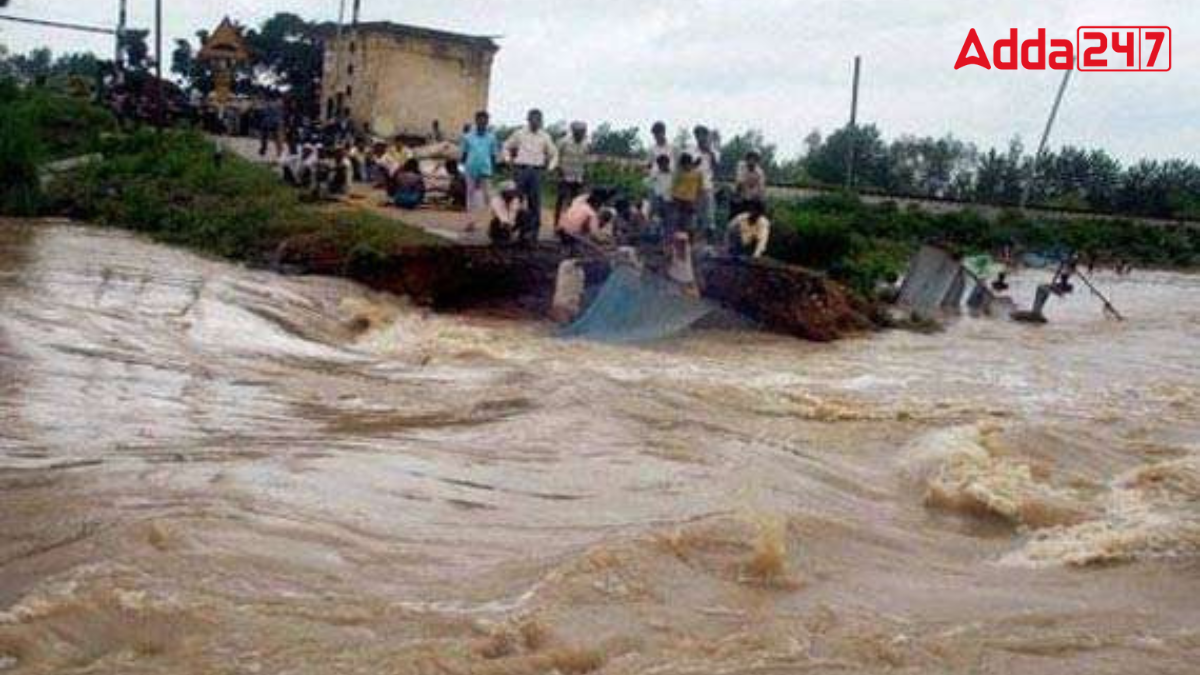In the heart of India, amidst the fertile plains of Bihar, flows a river that bears both the promise of prosperity and the burden of sorrow. Aptly nicknamed “The Sorrow of Bihar,” the Kosi River holds a significant place in the geography, history, and consciousness of the region.
Which Indian River is Known as the “Sorrow of Bihar”?
The Kosi River, meandering through the heart of Bihar, has earned the melancholic moniker of the “Sorrow of Bihar.” This sobriquet finds its roots in the river’s tumultuous history, marred by devastating floods and capricious course changes that have inflicted profound human suffering on the region.
Why is Koshi River Known as the “Sorrow of Bihar”?
Here are the reasons why Koshi river is known as the “Sorrow of Bihar”:
- Annual floods devastate Bihar’s agricultural lands and rural economy.
- The river’s high discharge during floods, up to 18 times the average flow, causes extensive damage.
- Record-breaking floods, like the one in 1954, highlight the river’s destructive potential.
- The Koshi Barrage, despite being designed for peak floods, struggles to contain the river’s fury.
- The fertile soil and abundant groundwater of the Koshi’s alluvial basin are repeatedly destroyed by floods, exacerbating the region’s agricultural woes.
An Overview of Koshi River
- The Koshi River flows through China, Nepal, and India, encompassing the Tibet Autonomous Region, Koshi province, and Bihar state.
- It originates from the confluence of the Sun Kosi, Arun, and Tamur Rivers at Triveni, Nepal.
- Spanning 729 km in length, it drains a basin area of 74,500 km2.
- With an average discharge of 2,500 m3/s (88,000 cu ft/s), it’s a significant river in the region.




 Which Country is Known as the Land of Ch...
Which Country is Known as the Land of Ch...
 Which Bird is known as the King of Birds...
Which Bird is known as the King of Birds...
 Which City of Austria is Known as the Ci...
Which City of Austria is Known as the Ci...







